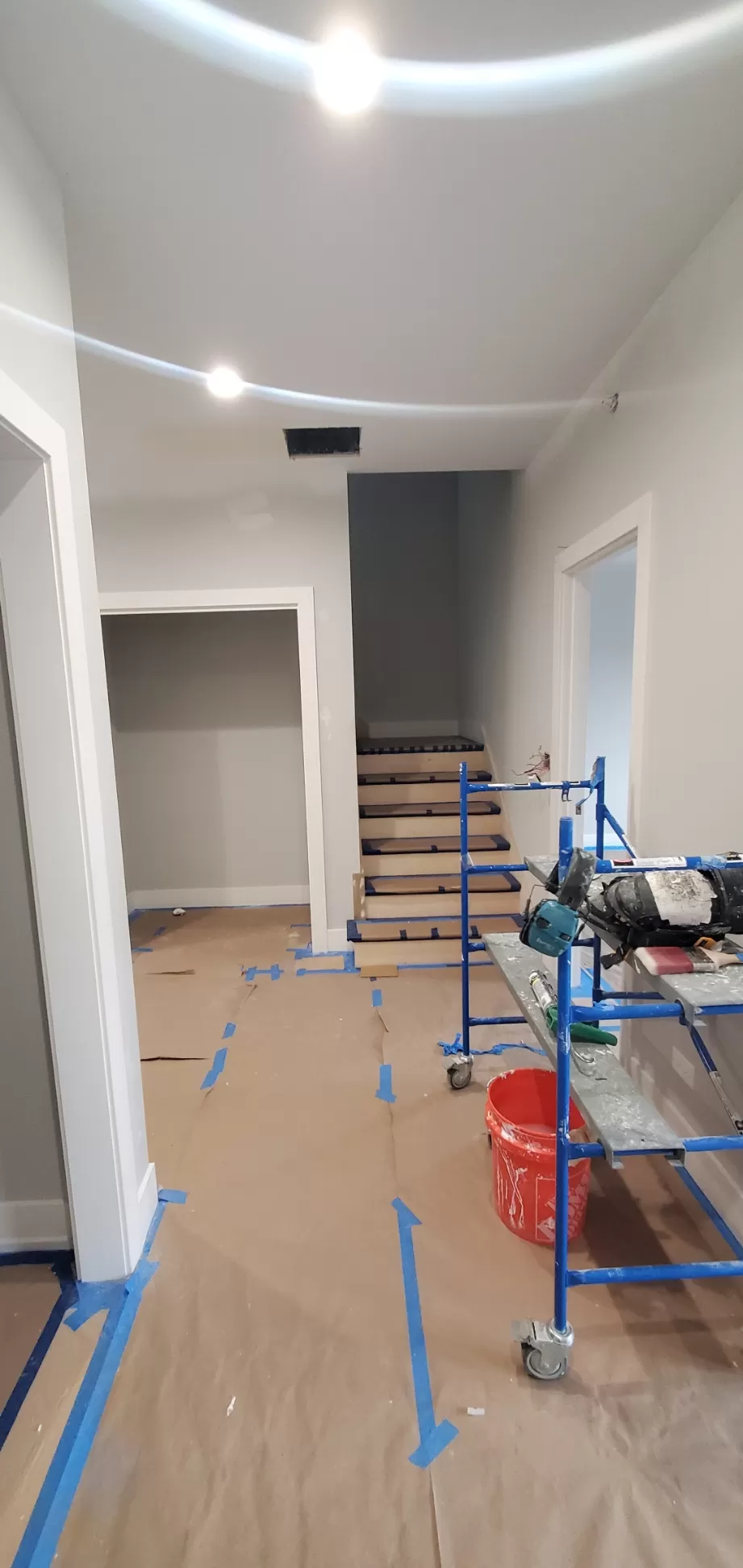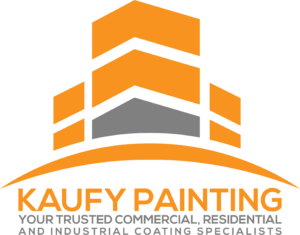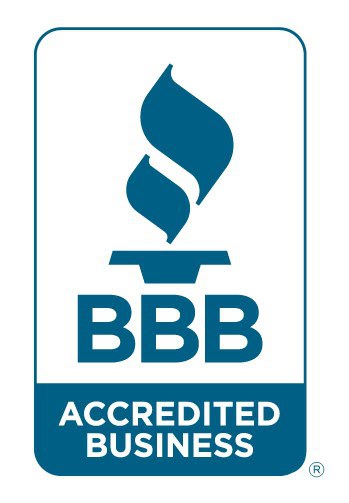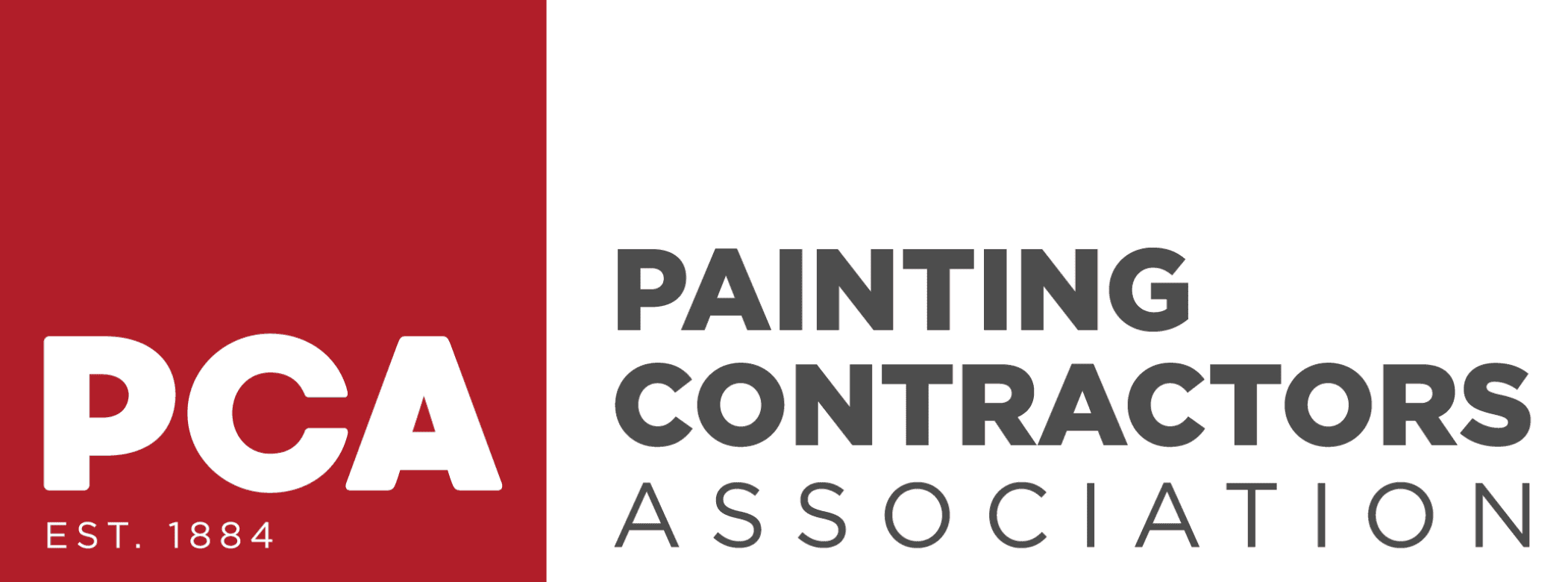High-end paints almost always last longer, provide better coverage, and produce a smoother, more consistent finish. But there’s more to the story. Even the best paint can fail if surfaces aren’t prepared properly or if it’s applied in poor conditions. Conversely, a budget paint—when applied under ideal circumstances—might look decent in the short term, but it won’t hold up for very long.
This blog tackles the most common concerns homeowners face when deciding between cheap and high-end paint:
-
How long each type lasts indoors and outdoors
-
Coverage efficiency and number of coats required
-
The quality and consistency of the final finish
-
Upfront cost vs. long-term value
-
Warranty compliance and product reliability
By the end, you’ll understand not only the differences in paint quality but also the service factors—prep, application, and environment—that ultimately determine how well your walls, siding, or trim stand the test of time.
Why Paint Quality Matters for Homeowners

Paint is more than color. It’s protection, durability, and aesthetic value rolled into one liquid solution.
Typical lifespans:
-
High-end paints: 8–12 years interior, 7–10 years exterior
-
Budget paints: 2–4 years interior, 1–3 years exterior
At first glance, both may seem to offer a similar “look.” But what you can’t see on Day One is how the paint will perform over years of scrubbing, UV exposure, humidity, or temperature swings.
Hidden costs of cheap paint:
-
Frequent repainting means more labor costs and more disruption.
-
Additional materials—primers, caulks, masking tape—add up each time.
-
Repairs to peeling or blistering areas increase costs further.
And don’t forget the emotional cost: living with streaky finishes, fading walls, and the constant frustration of touch-ups.
There’s also a warranty risk. Using a low-quality paint, or applying any paint incorrectly, can void the manufacturer’s warranty. Many high-end paints include strong guarantees—but only if the right prep and application steps are followed.
Inadequate Surface Preparation
Why Prep Is Critical
Every professional painter will tell you: Prep is everything.
No matter how much you spend on paint, it won’t adhere or last if the surface isn’t prepared correctly. Proper prep ensures:
-
Strong adhesion between the surface and the paint
-
A smooth finish that hides imperfections
-
Long-term durability
Skipping steps like cleaning, sanding, priming, or caulking often leads to peeling, blistering, cracking, or uneven sheen.
Recommended Products for Prep
| Prep Task | Recommended Products |
|---|---|
| Priming | Zinsser Cover-Stain, Sherwin-Williams Multi-Purpose Primer |
| Caulking/Sealing | Sashco Big Stretch, SherMax Elastomeric |
| Sanding | Festool Orbital Sander with HEPA vacuum attachment |
| Masking | 3M Blue Painter’s Tape, canvas or plastic drop cloths |
The right prep products may add to your upfront cost but save years of performance headaches.
Paint Quality: Cheap vs. High-End
How Paint Quality Affects Durability
The main difference between cheap and high-end paint comes down to chemistry.
-
Cheap paints contain fewer solids, weaker binders, and less pigment. The result? Faster fading, reduced adhesion, poor scrub resistance, and early peeling.
-
High-end paints feature high solids content for thicker coverage, advanced pigments for UV resistance, and strong binders that lock paint into place.
That’s why high-end paints stand up to washing, sunlight, and seasonal temperature swings far better than budget alternatives.
Product Comparison Table
| Feature | High-End Paint (Benjamin Moore Aura, Sherwin-Williams Duration) | Budget Paint (Generic Big Box) |
|---|---|---|
| Coverage | 250–400 sq. ft./gal | 150–250 sq. ft./gal |
| Durability | 8–12 years | 2–4 years |
| Fade Resistance | High | Low |
| Scrub Resistance | Excellent | Poor |
| VOC Level | Low | Often higher |
Best Practices
-
Ask contractors to specify the brand, line, and number of coats in the written estimate.
-
Confirm which primer is included—or you may find it skipped.
-
Match the paint type to your environment: exterior siding in full sun needs different chemistry than a low-traffic bedroom wall.
Improper Application
![]()
Common Mistakes That Undermine Any Paint
Even with top-tier paint, mistakes in application can sabotage results. The most common errors include:
-
Using the wrong brush or roller type
-
Over-thinning or failing to mix properly
-
Applying too few coats
-
Painting in extreme humidity, rain, or temperature swings
Tips for Homeowners
-
Confirm the number of coats matches manufacturer instructions.
-
Ensure the weather conditions are suitable before exterior painting.
-
Ask painters about mixing and thinning practices—shortcuts often cause failure.
Coverage and Finish: What to Expect
Coverage Differences
-
High-end paints: With higher solids content, they cover more area per gallon and require fewer coats.
-
Cheap paints: Thinner formulas cover poorly, often requiring multiple coats and still leaving streaks.
Finish Quality
-
High-end paints: Produce a smooth, uniform sheen, with excellent adhesion and minimal brush or roller marks.
-
Cheap paints: Dry unevenly, with streaks, inconsistent gloss, and early surface wear.
Service-Specific Insights
Interior walls painted with high-end paint often look pristine for nearly a decade. Budget paints, on the other hand, may need touch-ups or repainting in just a year or two.
Cost vs. Value: Is High-End Paint Worth It?
Long-Term Cost Comparison
| Factor | Budget Paint | High-End Paint |
|---|---|---|
| Material Cost | Low upfront | Higher upfront |
| Labor Cost | Higher (due to frequent repainting) | Lower over time |
| Repainting Frequency | Every 2–4 years | Every 8–12 years |
| Warranty Coverage | Limited | Full (if applied correctly) |
The math is simple: while high-end paint costs more at the register, it saves far more in labor, maintenance, and material costs over the life of the project.
How Homeowners Can Maximize Paint Performance

Key Questions to Ask Painters
-
“Which paint brand and line do you recommend for my surfaces?”
-
“How many coats and primers are included in this estimate?”
-
“Do you follow manufacturer guidelines for application and warranty compliance?”
-
“Are you licensed and insured for this type of work?”
Homeowner Checklist
-
Confirm that prep work is included.
-
Verify the paint brand, line, and coat count.
-
Ensure the painter has experience with similar surfaces (stucco, siding, drywall, etc.).
-
Get a written contract specifying warranty coverage and cleanup.
People Also Ask
Q: Does high-end paint really last longer than cheap paint?
Yes. Higher solids, advanced pigments, and superior binders extend lifespan significantly.
Q: Can cheap paint ever be a good choice?
Only for short-term projects like rentals, staging homes for sale, or low-traffic areas.
Q: How many coats of paint are ideal?
Most new surfaces require 2–3 coats. A same-color repaint with high-end paint may only need one.
Q: Does primer make a difference in longevity?
Absolutely. Primer prevents stains from bleeding through, improves adhesion, and ensures smoother coverage.
Q: How do environmental factors impact paint performance?
Humidity, UV rays, temperature extremes, and moisture exposure can all shorten paint lifespan.
Make an Informed Choice for Lasting Results
High-end paint delivers longer lifespan, superior coverage, and a smoother finish. But it’s not just about what’s in the can. Proper prep and professional application are equally vital.
While budget paint may save money upfront, it often leads to more frequent touch-ups and higher overall costs. The smart homeowner invests in quality paint, careful preparation, and skilled application to maximize both beauty and durability.



